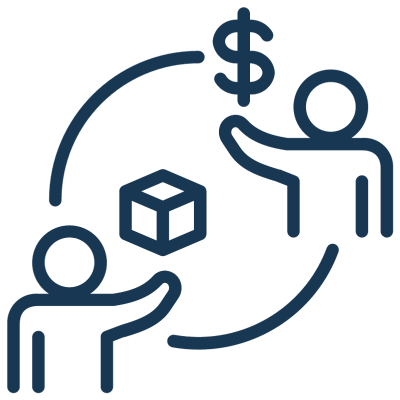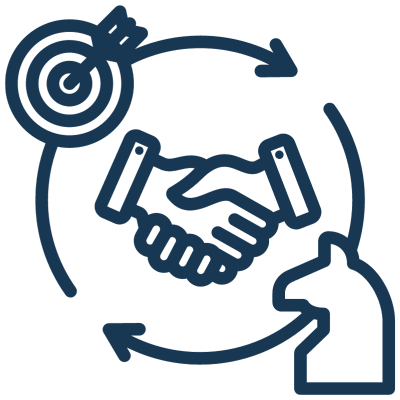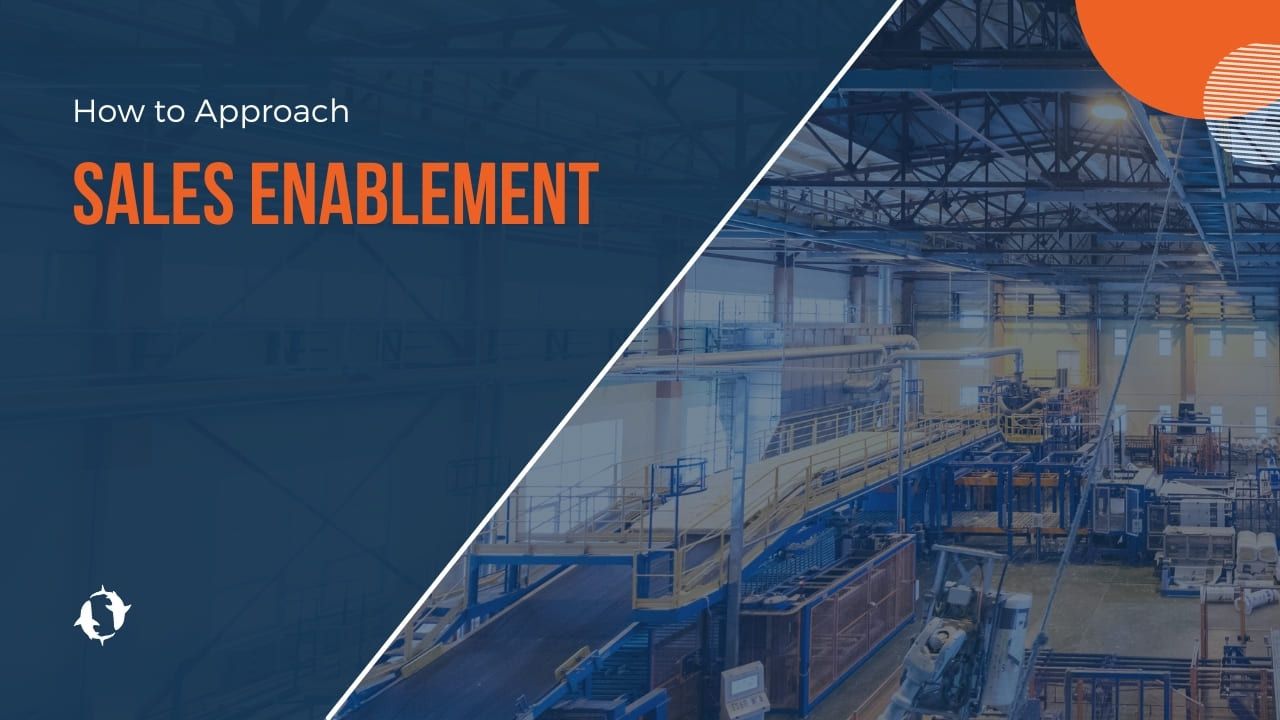Options
Channel Sales Enablement


Align for Modern Buyers

Drive Strategic Enablement
Start Your Project
Options

What is Sales Enablement?
Sales enablement is the process, content, and technologies used to empower sales teams with a more effective sales process. Ultimately, the goal of sales enablement is to bring marketing and sales teams together for a more effective process that works with modern buyers.
In an indirect distribution network, such as in building materials manufacturing, sales enablement is the process, content, and technologies used to empower the manufacturer’s distribution partners to sell more effectively. Instead of aligning internal teams like in traditional sales enablement, indirect distribution enablement is about aligning partners and manufacturers. In this process, the manufacturer are responsible for the development, training, and implementation of a sales enablement strategy in their network, but they’ll need the input from their distributors and contractors about what is and isn’t working well.
Why You Need Sales Enablement As a Building Materials Manufacturer
- Less time spent following up with poor fit leads
- Personalized conversations based on marketing content the lead has engaged with
- Stronger partner relationships by handing off more leads who are more likely to close

Getting Started with Sales Enablement
One of the big catches with sales enablement for manufacturers who sell primarily through a distribution network is that your partners don’t have the same restrictions as internal employees. If they don’t find something useful or worth their time—they don’t have to do it. Building materials manufacturers will need to position sales enablement in a way that shows how it’ll help distributors and highlight the benefits.
Options
Step One: Create a Revenue Goal
A revenue goal will help you identify if your sales enablement professes are effective. There’s a good chance your company has a revenue goal or growth goal for your distributor program, but spouting this goal at distributor partners likely won’t be helpful to them.
Calculate how much revenue each partner or partner tier would need to generate for your business to reach your distributor program revenue goal. This is the number you’ll need to communicate to partners, and tie it along with an incentive for reaching the goal. Sometimes gift cards are enough, but large distributors might be more interested in collaborating with product or campaign development.
Options
Step Two: Develop a Lead Qualification Framework
Lead qualification ensures anyone selling for you is spending their time with the leads who are most likely to close. Both your internal teams and distribution partners will need to understand how lead qualification works. In this step, determine what makes a lead marketing qualified versus sales qualified. That is: who is ready to buy and why, and who is a good fit but not ready to buy and why. Document the actions a lead needs to take to become a sales qualified lead and be handed off to distributor sales to follow up with.
Lead qualification helps sales follow up with the leads who want to be followed up with. They’re not wasting time with poor fit or unready leads and actually closing more business because of it.
Options
Step Three: Create Resources
Once you know what marketing and sales qualified leads look like, create resources to speak to both as well as resources to educate distributors on the difference. Remember to include why it’s beneficial to them to take this information into account: more qualified leads mean more sales and more revenue. These resources will become the sales enablement program for your distributors.
Options
Step Four: Communicate Program
Communicate your sales enablement program to your distribution partners. This should be done through your partner portal. Connect the information for your partners and the sales enablement resources they’ll use with leads, but make sure they understand which is which. Always communicate the value of new strategies for how they benefit partners.
Sales Enablement Strategies for Distribution Networks

Documented Sales Process
A detailed, documented sales process helps enable distributors by showing them what the sales cycle looks like and what you’ve determined lead actions to mean. This helps distributors work with your leads and intervene with the right information at the right time.

Co-branded & Personalized Content
Not all distributors have the resources for high-quality content. Co-branded sales assets, like product guides and case studies, helps them build trust with their leads by offering expertly designed and excellent content.

Sales Playbooks
Playbooks are roadmaps that include the sales process, buyer personas, customer journey maps, call scripts, email templates, and relevant content offers for each buyer’s journey stage. They help guide distributors through the sales process with an effective, proven strategy.
Lead Nurture Sequences
MQL & SQL Definitions
Customer Journey Maps
Documented Sales Process
Legacy Selling Tips
Relevant Content for Each Journey Stage
.png?width=100&height=100&name=star%20(2).png)
Request a Project Quote
Tell us more about what is holding your sales team back. What gaps exist in your internal and channel sales processes?
Start Your Project

